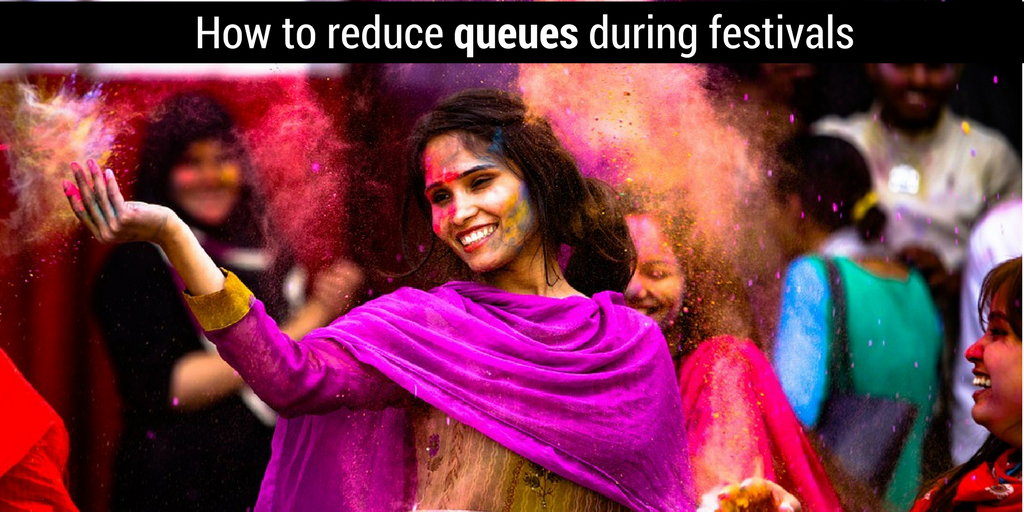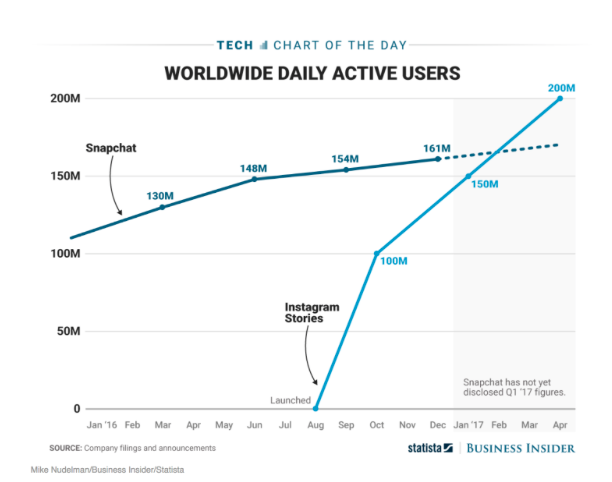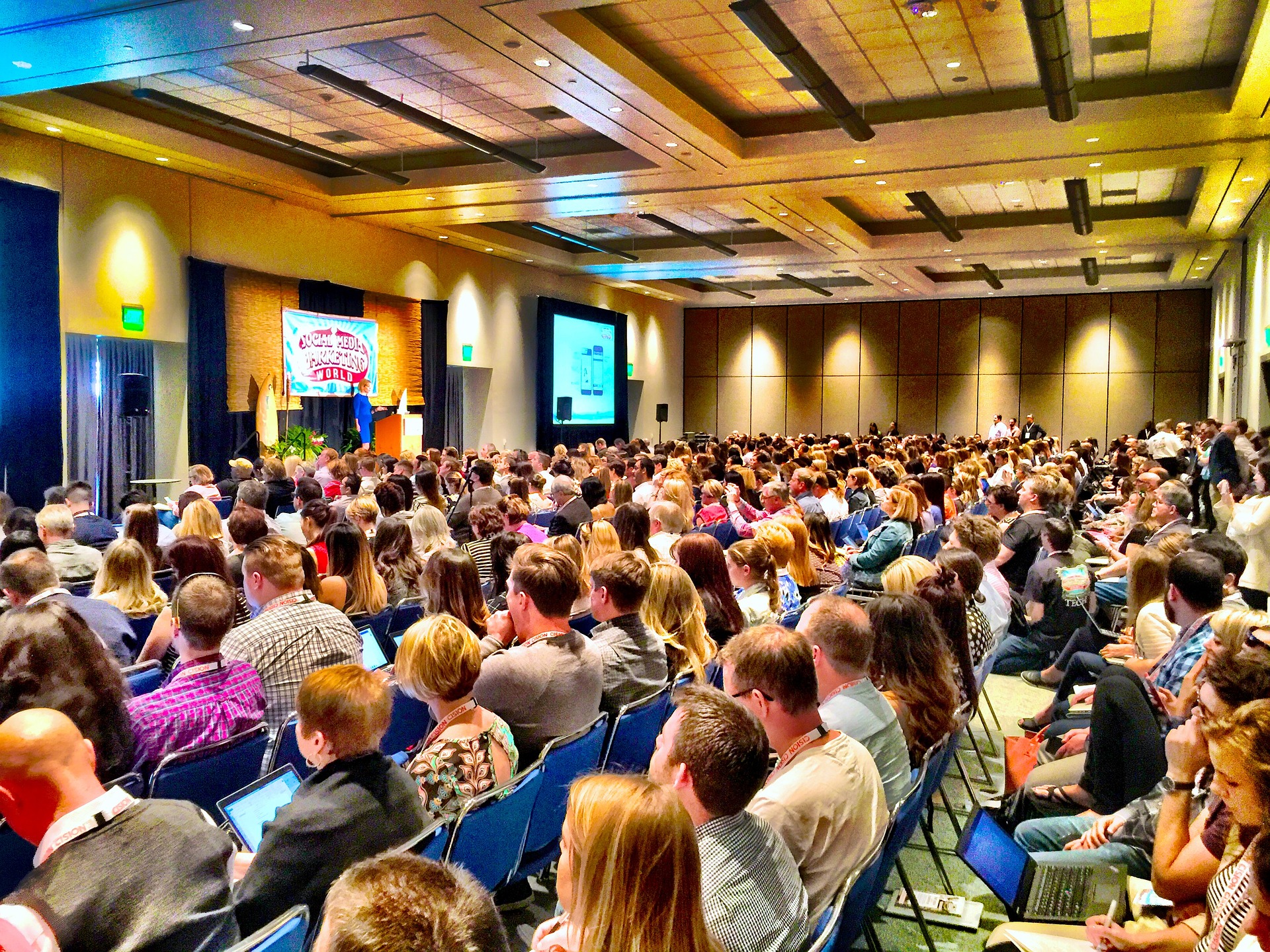
Festivals are becoming bigger and bigger every day; some good examples are Coachella, Tomorrowland, Mawazine etc., which are hosting hundreds of thousands of guests every festival. The festivals are getting upgraded while their popularity is increasing. Organizers are bringing only A-list artists, increasing the number of stages, and accommodating more attractions and partners; the overall experience is getting better and better every year.
Festivals are becoming bigger every year but they are also increasing their prices accordingly
Not only the festivals are getting bigger, additionally, they are becoming more expensive too. Guests spend between 50 to 500 euros to attend such kind of event and their expectations have increased exponentially. Most of the crowd which is attending festivals is composed of Millennials who consider that experiences are more important than things.
In this time, when people appreciate experiences more rather than valuables, it is important to do everything possible to fulfill this need and create a flawless and remarkable experience.
The most recurring issue that usually arises within festivals is queuing; nobody likes to waste their time waiting in line, however, it always happens.
The lines can’t be 100% avoided, though, there are a few practices that will reduce them considerably.
One of the most popular practices which is becoming rapidly adopted by most festivals is the NFC wristbands. Through the NFC wristbands, event planners are trying to offer a higher event experience making it more convenient, secure, and transparent.
Visitors can top-up money on their wristbands at any point of the event, and pay without queuing in lines – everything just with a simple tap while event organizers benefit of transparency and complete control with real-time reports over all sales.
The wristband is synced with a specific ticket category which allows the visitors to access all their designated areas more easily and if entitled receive perks such as T-shirts, free drinks, etc.
Additionally, with the help of the NFC chip, the wristband can be used to create a new level of interactions, such as: Treasure Hunts and challenges, rate favorite products or shows, save playlists, check geolocation etc.
Since 2015 the NFC integrated wristbands started to become popular within the events’ world. If back then guests were complaining about wristbands’ failures which left them unable to buy food or drinks, today they do work smoothly and are reducing considerably the queue.
No more queue for food and drinks, but how about the registration process. When attendees arrive at the event, they need to change their ticket into the NFC wristband. Unfortunately most of the attendees are complaining having to stay a few hours in line to get their wristbands; it is of course a big turn-off, when the pre-event excitement is killed by a huge waiting time.
Trying to be on-top of the situation, event planners are already finding solutions to combat this huge registration lines.
Event planners are always trying to find solutions to reduce queue
Big events(e.g., Coachella) are shipping the NFC wristband directly to guests, right after the ticket is purchased. Guests receive precise instructions which they need to follow in order to configure their wristbands from home. Also when arriving at the event’s premises, it is mandatory to have it already attached around their right wrist. In this way, guests can enter directly, without having to stay in line to do their registration. This practice turned out to be successful and diminished the lines considerably.
The NFC wristbands represent an important milestone in the process of reducing queues within festivals
What are the biggest benefits when using the NFC wristbands?
- Visitors tend to spend 15-30%more
- Speeds up purchases & reduces queues
- Minimize cash handling
- Captures all sales and audience insights
- Control and transparency
- More interaction within the event
It is interesting how in a short period of time so many uses have been found for the NFC chips. With the use of a simple chip, attendees can do almost everything with it. Their Social Media profile can be synchronized and all their data stored and access after the event. An NFC wristband is the only thing you need in order to attend a festival. No need to worry for your wallet, money or mobile phone, you only need to be worried of not having enough fun.




